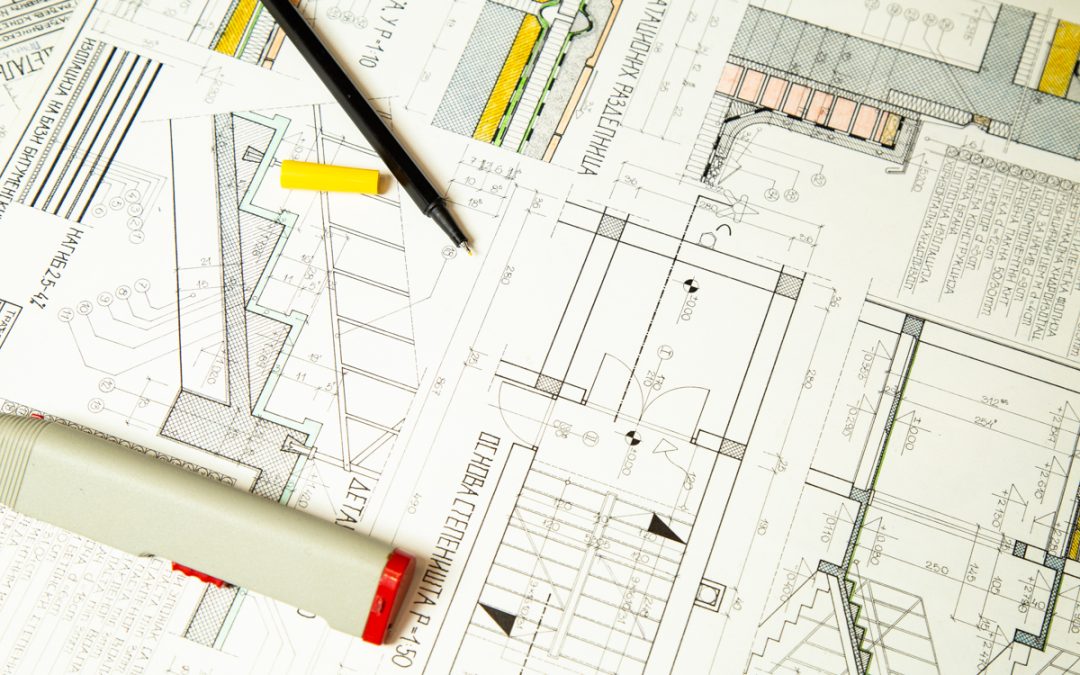As a civil engineer, I can confidently say that selecting a quality formwork designer is one of the most important decisions an investor can make to ensure the structural efficiency, cost control, and timely completion of a construction project. A competent formwork designer plays a direct role in minimizing construction delays, avoiding errors, and optimizing the use of labor and materials. Therefore, understanding what makes a formwork designer reliable and effective is essential for securing your investment.
A good formwork designer must possess a solid foundation in structural engineering principles. They need to understand how loads are transferred through a structure during the casting and curing phases, including how fresh concrete behaves and how temporary loads affect formwork systems. This knowledge is critical to designing safe, stable, and practical formwork that aligns with the permanent structure. Beyond theory, the designer should also have practical knowledge of construction methods, on-site constraints, and the behavior of various formwork systems such as modular panels, table forms, climbing systems, and custom-built timber or steel forms.
In terms of technical proficiency, the designer must be skilled in industry-standard drafting tools such as AutoCAD, Allplan,Revit, or specialized software like Doka Formwork Planner or PERI CAD. The ability to produce clear, detailed, and well-organized plans is non-negotiable. These drawings serve as the blueprint for site crews, and poor-quality documentation can lead to miscommunication, errors, and costly delays. The designer should also be capable of coordinating with reinforcement and architectural drawings to avoid clashes and inconsistencies.
Experience is another vital factor. Ideally, the formwork designer should have worked on projects similar in type, scale, and complexity to yours—whether residential, commercial, or industrial. They should also be familiar with local and international standards such as Eurocode 2, ACI, or national codes depending on the project location. A quality formwork designer should have a portfolio of previous work and references from contractors or project managers who can attest to their professionalism, precision, and ability to deliver on time. Positive testimonials, especially regarding how their plans contributed to site efficiency or cost reduction, are strong indicators of their value.
Equally important is the communication between the investor and the designer. A quality designer will proactively ask the right questions before starting their work. These include understanding the construction timeline and expected floor cycle duration, the type of formwork system to be used (owned or rented), site-specific constraints (like crane positions, access, or safety limitations), and expectations regarding material reuse or budget constraints. They should also ask for details such as concrete type, pouring sequence, and whether there are any unusual elements like curved structures, large spans, or post-tensioning zones. This level of inquiry ensures that the designer delivers drawings that are not only structurally sound but also tailored to your project’s logistics and financial goals.
In conclusion, a reliable formwork designer combines deep technical knowledge, practical experience, clear communication skills, and a proactive mindset. They must be able to translate complex structural requirements into efficient, buildable, and economical solutions. As an investor, choosing such a professional means reducing your risk, improving build quality, and ensuring that your investment is managed wisely and efficiently from the ground up.

